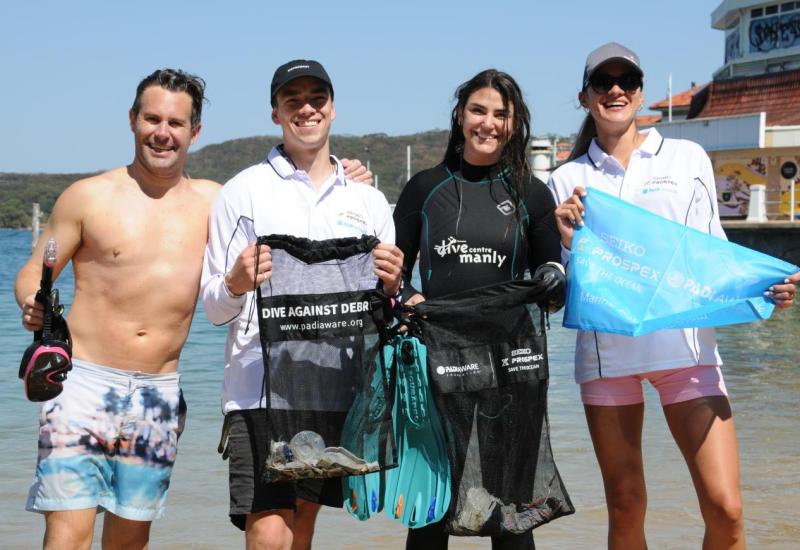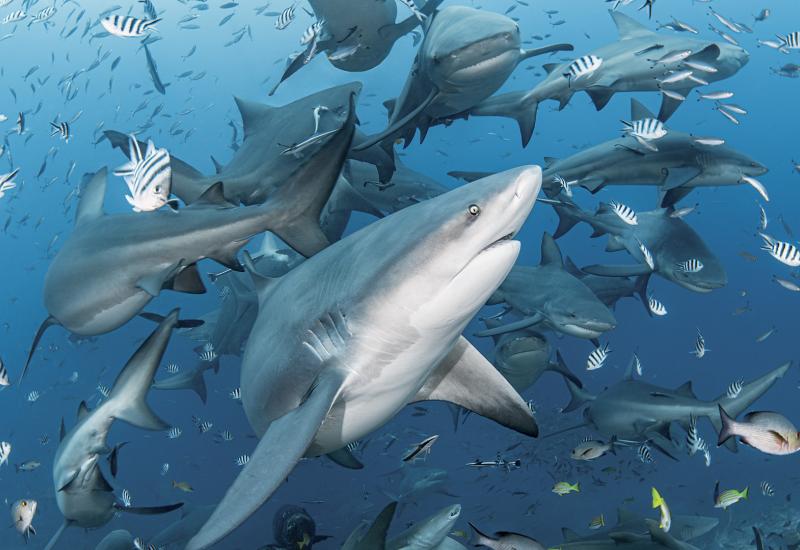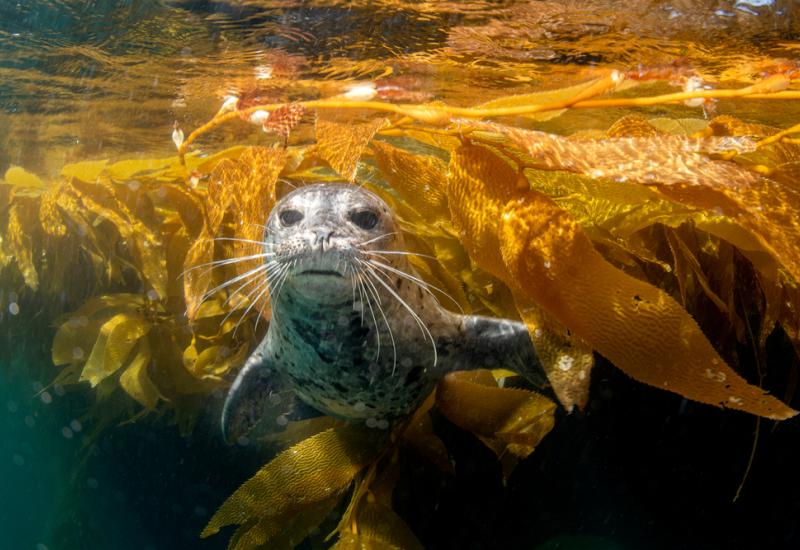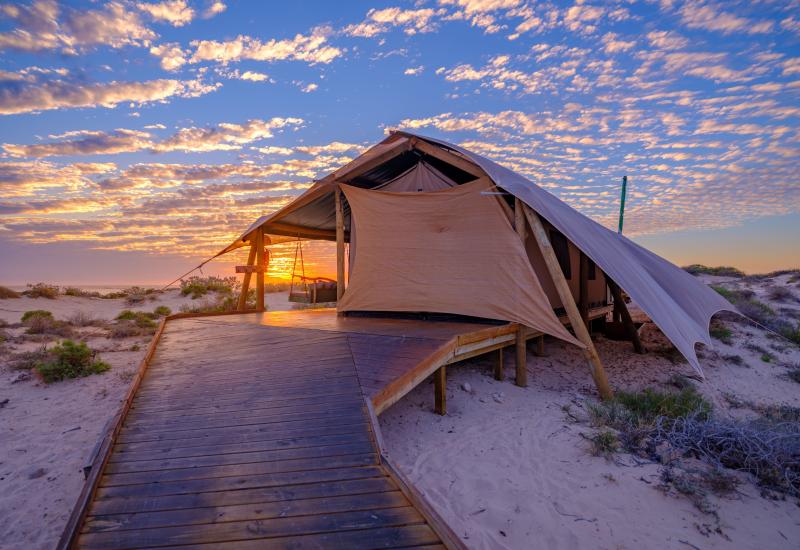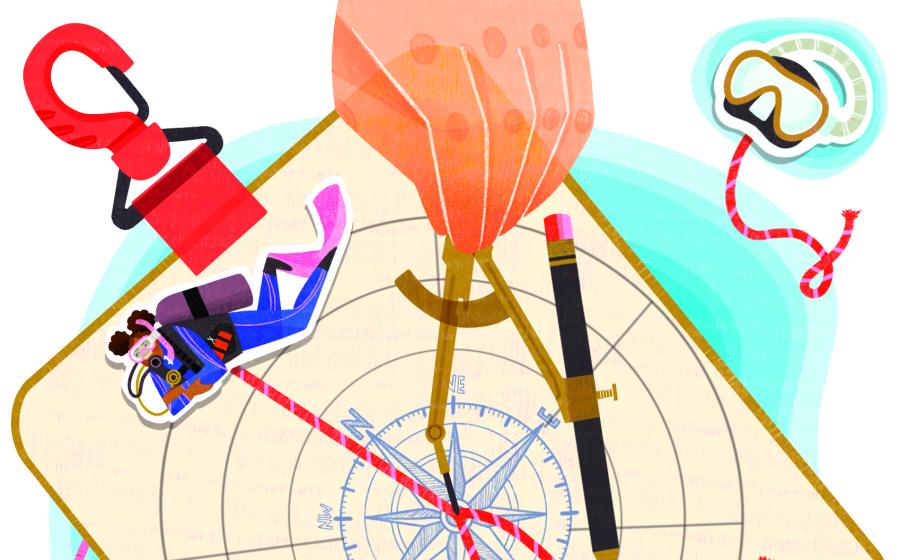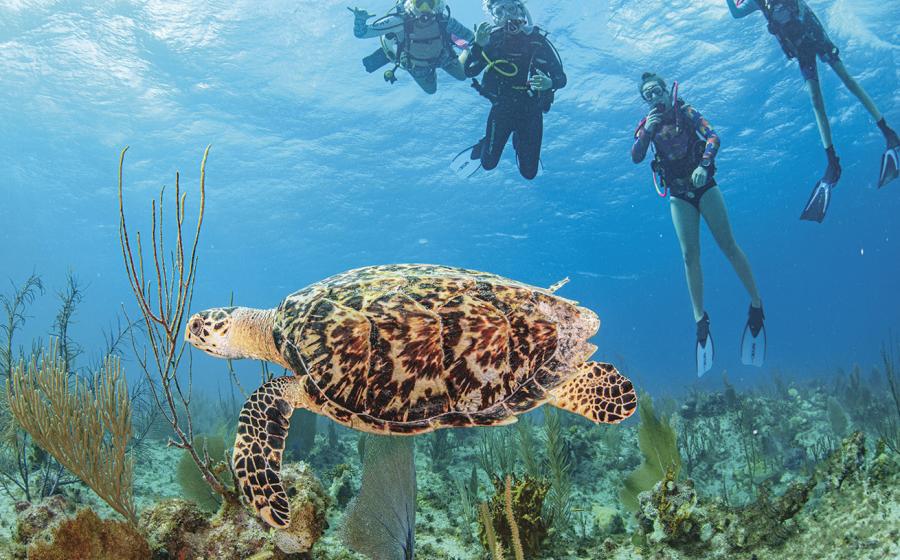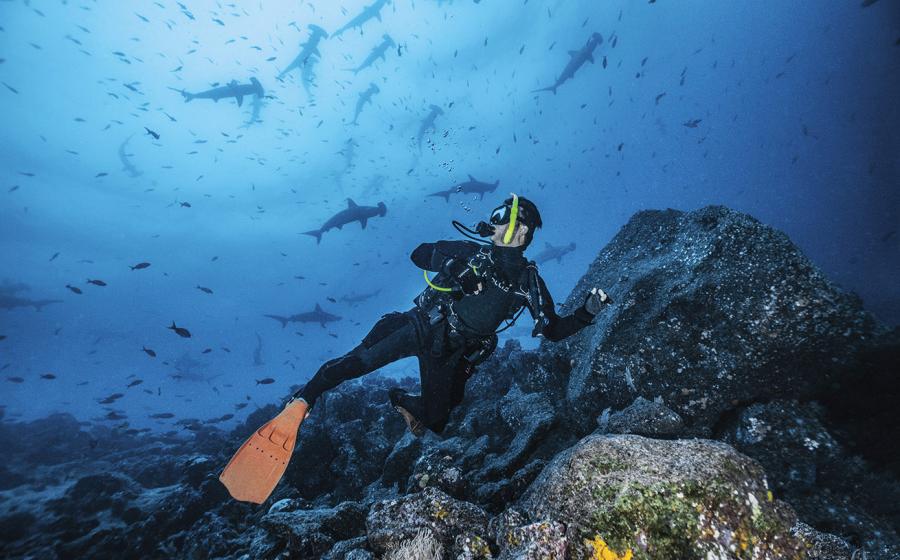Queensland
Australia became a commonwealth of the British Empire in 1901. It was able to take advantage of its natural resources to rapidly develop its agricultural and manufacturing industries and to make a major contribution to the British effort in World Wars I and II. Long-term concerns include pollution, particularly depletion of the ozone layer, and management and conservation of coastal areas, especially the Great Barrier Reef. A referendum to change Australia's status, from a commonwealth headed by the British monarch to a republic, was defeated in 1999.
LOCATION :
Oceania, continent between the Indian Ocean and the South Pacific Ocean
LANGUAGE :
English, native languages
CURRENCY :
Australian dollar
TIPPING :
Tipping is not expected in Australia. It is usual to tip around 5% or round up to the nearest A$10 for a substantial meal in a restaurant. Some passengers round up to the nearest dollar in a cab, but it's okay to insist on every bit of change back. Tipping bellboys and porters is sometimes done but no one tips bar staff, barbers, or hairdressers.
ELECTRICITY :
The current is 240 volts AC, 50 hertz. Sockets take two or three flat, not rounded, prongs. North Americans and Europeans will need to buy a converter before they leave home (don't wait until you get to Australia, because Australian stores are only likely to stock converters for Aussie appliances to fit American and European outlets). Some large hotels have 110V outlets for electric shavers or dual voltage, and some will lend converters; but don't count on it in smaller, less expensive hotels, motels, or B&Bs. Power does not start automatically when you plug in an appliance; you need to flick the switch located beside the socket to the "on" position.
WEBSITE :
www.DestinationQueensland.com
CAPITAL :
Canberra
TOURIST INFORMATION :
Queensland Tourism
AREA SIZE :
7,686,850 sq km
TAXES :
There is a US$8.50 airport tax payable on arrival.
AREA CODE :
011-61
TIME :
Eastern Standard Time (EST, also written as AEST sometimes)
DOCUMENTS :
Along with a current passport valid for the duration of your stay, the Australian government requires a visa from visitors of every nation, except New Zealand, to be issued before you arrive. If you are short-term visitor or business traveler, the process is easy and can be done in a few minutes on the Internet, using the Australian government's new Electronic Travel Authority (ETA). This is an electronic visa that takes the place of a stamp in your passport.
POPULATION :
19,731,984
AVERAGE WATER TEMPERATURE :
Low 80ýs in the northern areas around the barrier reef and 60s in the southern seas.
AVERAGE VISIBILITY :
Varies 100ft
TYPES OF DIVING :
Shore, Boat, Live-aboard
**BEST TIME TO DIVE
**
Late winter to early summer (seasons are opposite North Americaýs) The tropical monsoon season is from January to March and cyclones can occur then.
WHAT TO WEAR :
If you're diving in the North you could wear a skin or a 3mm shortie/three quarter suit. In the South you will need a 5mm full suit and you may consider a hood and gloves.
DIVES NOT TO MISS :
The north of the country incorporates the famous Great Barrier Reef and the Coral Sea while the slightly cooler south hosts subtropical diving. There are numerous sites on the GBR. The Far Northern Reefs have the greatest biodiversity; Great Detached Reef and Mantis Reef are known for their Pelagic stars including mantas, whale sharks and massive green turtles. A little farther south youýll find the most famous sites ý Ribbon Reefs 1-10 ý the most notable being (No3) Steveýs Bommie, (No10) Pixie Pinnacles and Cod Hole.
Southern Queensland has one of the worldýs top wreck dives, the Yongala. Heron Island lies at the southern tip of the GBR. Off this bird and turtle sanctuary is what experts call one of the best dives in the world ý the Heron Island Bommie.
Tasmania has itýs own collection of impressive sites. Bird Rock off Governor Island is a giant bolder with small caves and swimthroughs that are home to an amazing variety of fish life. Youýll also find Easter Rock off Governor Island.Cathedral Cave has catacombs that lead you to Skull Cave where Devils tonsils is the exit to the Wall alive with jewel anemones, zoanthids and allsorts of fascinating invertebrate life. The Rock in Waubs Bay is a great dive for critter finders and The Castle in Bicheno has an undercut with masses of sea whips, sponges and large school of boarfish and a 30m tunnel with lots of lobster.
In Southern Australia you'll find Kangaroo Island and the West boasts popular sites like Rowley Shoals and Ningaloo Reef.

